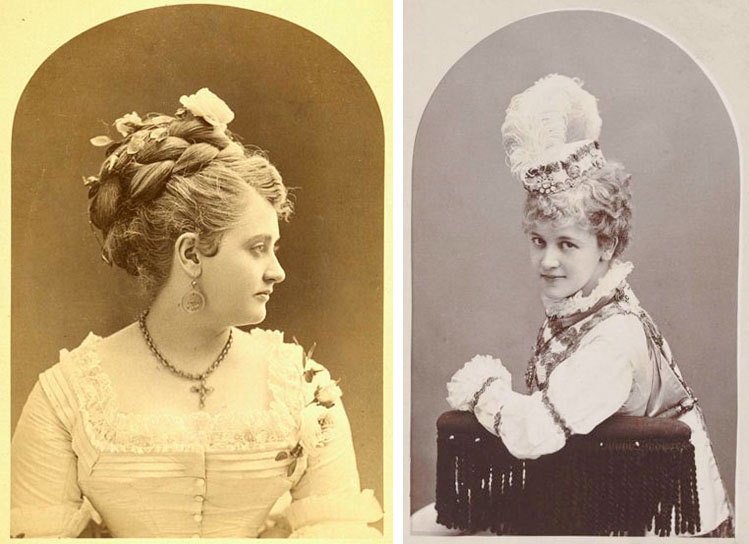Nowadays the average twentysomething works their way through temporary though deep relationships before permanence happens in the shape of marriage (or something like it).
For 19th century women it wasn’t so easy. So we can forgive, if that is the appropriate word, San Francisco shop worker Flora Shallcross Stone.

To not appear ‘flighty’ it was marriage first and suffer the consequences of any mistake. She had managed to wriggle out of her first marriage to a Lucius Stone by a divorce, but her second go wasn’t much better.
In 1872 aged 21, the pretty and intelligent Flora married a man twice her age and no great catch — from his bearded, dishevelled appearance was described as looking like the poet Walt Whitman auditioning to play King Lear.

The husband was strange in other ways — though he was a genius in his chosen profession, making technological breakthroughs that in many ways contributed to the sum of human knowledge. But he was strange.
His behaviour was brought on by an earlier stagecoach accident where he was thrown out and stove his head in on a rock. It caused a coma that lasted days and serious neurological after effects. How strange? A Brit who made his life in California, he renamed himself no less than five times in his life, searching for a name that channelled his heritage, which he believed descended from England’s king, Edward the Confessor.
On a personal level the sincerity of his relationship with his wife was always questionable. He went on long trips for his work, spending months away and leaving her alone in his adopted home town of San Francisco. You might say that the inevitable happened. She fell out of love with the absent Lear and fell into love with a handsome rogue, conducting a very public and scandalous affair for best part of a year.
The rascal in question was another emigré, a Scot named Harry Larkyns who passed himself off as a major, though in whose army it was not clear — he claimed to have been with the British army in India and the French in the Franco-Prussian war.
Having spent all his own cash, he first figures in the records for obtaining money by false pretences. Broke, he was forced to labour on the wharves but soon clawed himself out of hard work. Like any con man, he passed himself off as many things, but he seemed to have a literary bent as he talked himself into a job as a theatre critic. He was nothing if not versatile — or possibly a good salesman. In 1873 he sold a play he had written for $500. At the other end of the spectrum he was not averse to taking work mapping mining claims in the Russian River valley.
On Saturday October 17 1874 he was stopping at the superintendent’s house at the Yellow Jacket mercury mine near the resort town of Calistoga when there was a knock at the door at around 8pm.
It was the aggrieved, jealous and very, very angry cuckolded husband of Flora who had found letters revealing the extent of the affair. The husband was in some doubt as to whether his only son was indeed his at all.
The husband had taken the steamer to Vallejo and the train up the valley before hiring a local with a buggy to take him to where Larkyns was. The mining superintendent answered it and finding that the respectable looking gentleman was looking for Larkyns, he called and Harry came to the door. Bad mistake.
Stepping into the lighted doorway, the husband said “this is in reply to the letter you sent my wife” and shot Larkyns through the heart. Larkyns ran back into the house but two or three seconds later he was dead.
Juries in the Napa Valley were used to people shooting one another to death. They had a pretty robust sense of right and wrong; of who was guilty and who was not. To them it seemed that Harry was a cad and deserved the righteous laying on of vengeance that the murderer had in store for him. So despite the judge throwing out the husband’s plea of insanity, they still set him free.
The Lake County Bee was one of many newspapers which did not agree. “The verdict certainly is neither in accordance with law nor evidence, and affords a bad precedent.”
There was no reconciliation. Flora separated from the man and again filed for divorce. He left for South America on a photographic assignment.
Flora lasted just till July of 1875 and then died.
Who was this killer? He was famous pioneer of photography, Eadweard Muybridge, the man whose work on animal locomotion settled the dispute on horse’s gallop, who invented a form of moving picture and whose photography of the American West secured for him yet another place in history.
Few remember he was also a cold blood murderer.
